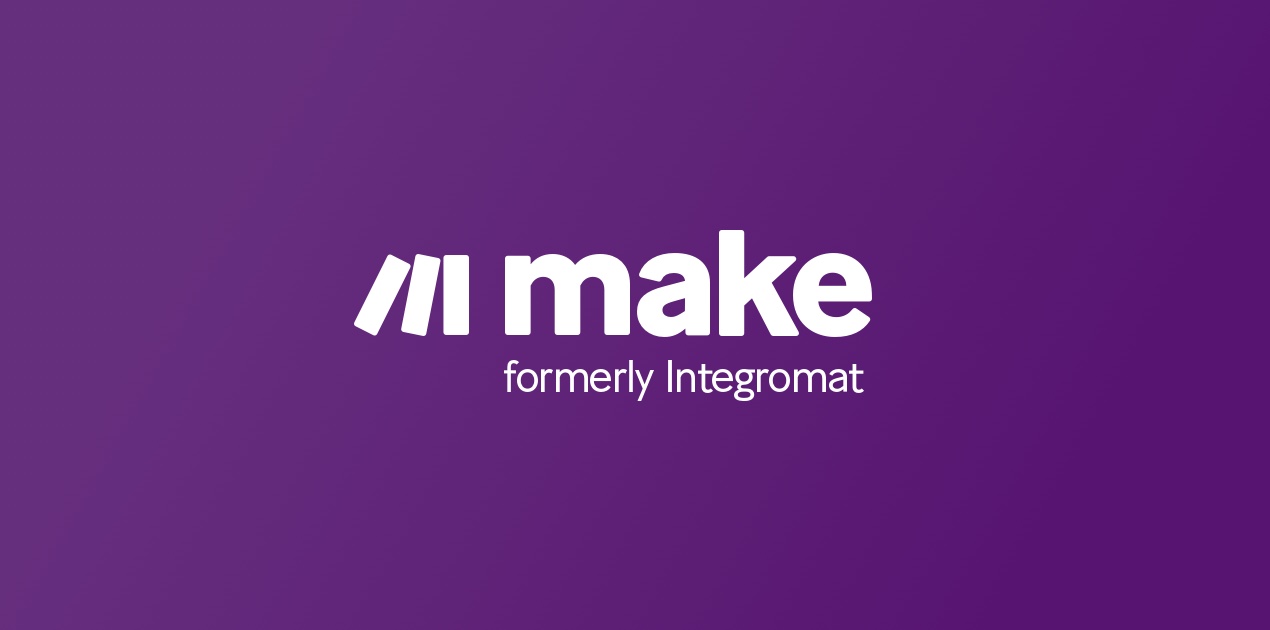**Product: An automated test generation suite for Angular applications.** This suite employs LLMs (Language Models) to automatically write and optimize the initial test cases. It integrates with various APIs and libraries to simplify the test creation, review, and maintenance process.
### Upgraded Workflow Steps:
1. **Understand Testing Needs:** Utilize the GitHub API to fetch the latest Angular application codebase. Identify all components and services that require testing.
2. **Create Preliminary Test Cases:** Send the details of these components/services to the OpenAI API. Request it to generate basic unit test cases following Angular testing best practices.
3. **Optimize Test Cases:** Ask OpenAI API to review and suggest enhancements to these basic test cases for improving readability, performance, and coverage.
4. **Tidy Up Test Cases:** Use a Python script to apply linting and formatting to the test cases in line with the project’s coding policy. This can use libraries like **Prettier** or **ESLint**.
5. **Evaluate Test Cases:** Utilize a code quality API such as **SonarQube** or GitHub’s **Code Scanning** to scrutinize the quality of generated tests and dispense automatic feedback on potential issues.
6. **Aggregate Feedback:** Employ **Google Sheets API** or **Airtable** to gather all reviews and status reports of test cases into a single place. This helps keep everyone updated.
7. **Execute Initial Tests:** Run the prepared unit tests using Angular’s CLI. Store the outcome in a Dropbox folder or GitHub repository for easy accessibility and future reference.
8. **Inform Team:** Send a summary of the test results and feedback to the development team via the **Slack API**, keeping them informed of the newly added tests and any action required.
9. **Refine Process:** Program a routine to repeatedly improve and repeat the process at regular intervals or every time a new commit is done to the GitHub repository. This ensures compatibility with continuous integration and delivery (CI/CD).
10. **Track and Evaluate:** Employ **Google Analytics** or similar tools to monitor the use and issues of the testing workflow. This helps in improving the quality and effectiveness of the generated tests over time.
This automated testing suite leverages LLMs to generate and refine test codes, while also using APIs and **n8n** for task automation. This reduces the effort required in writing and maintaining unit tests, allowing developers to focus on more complex tasks. This new approach fosters efficiency and code reliability.

